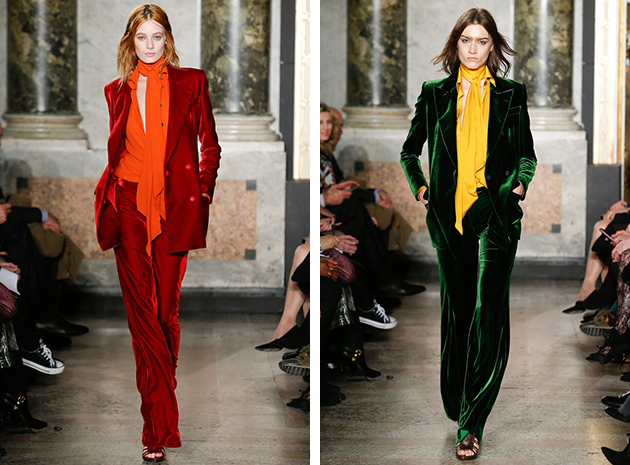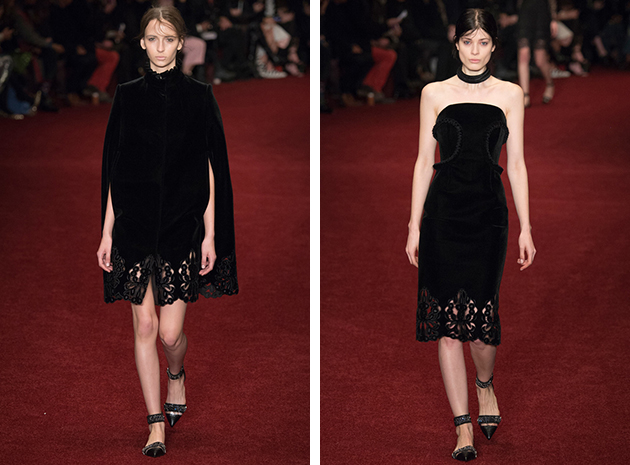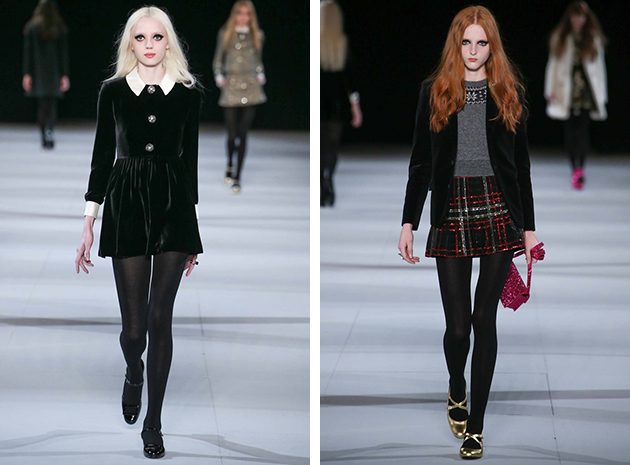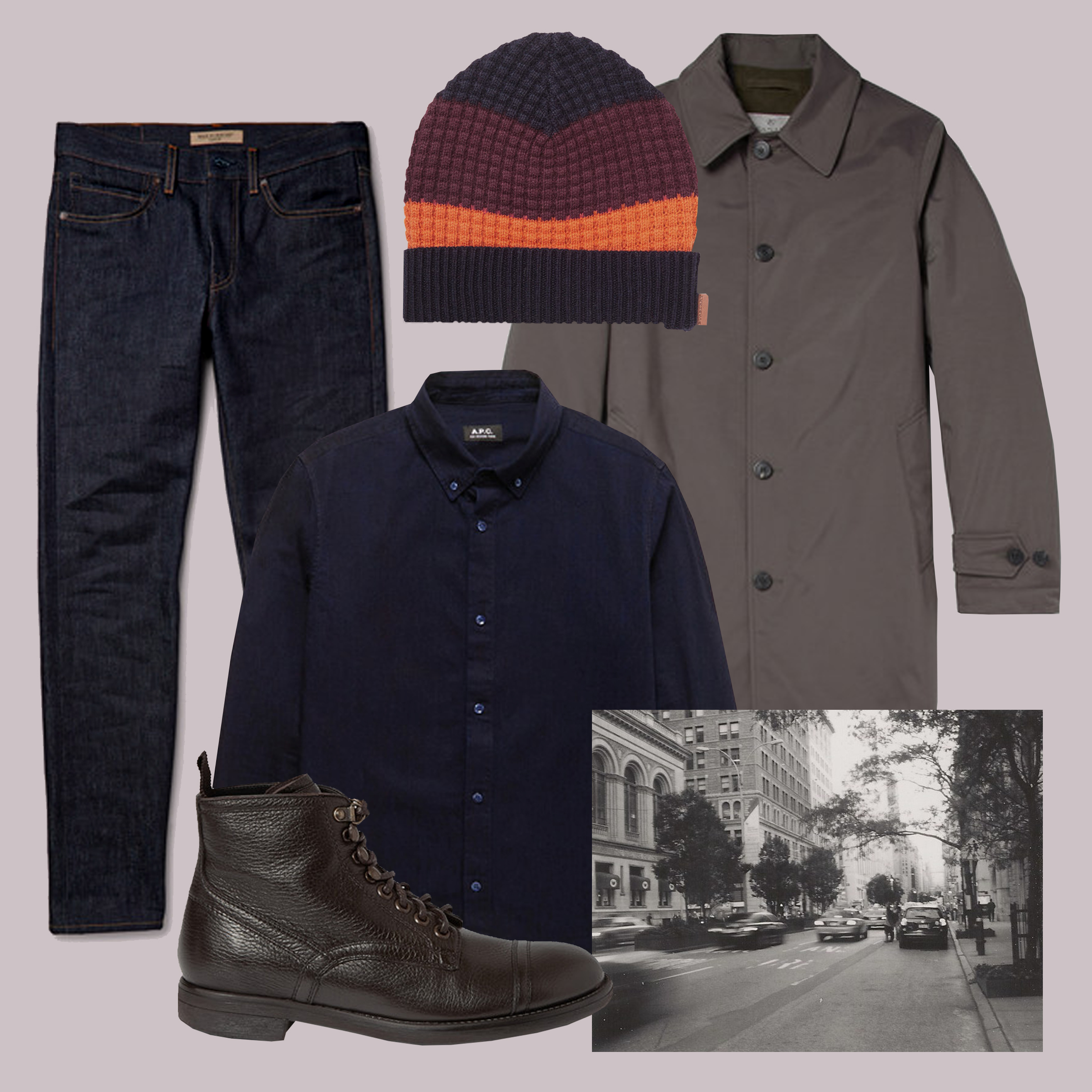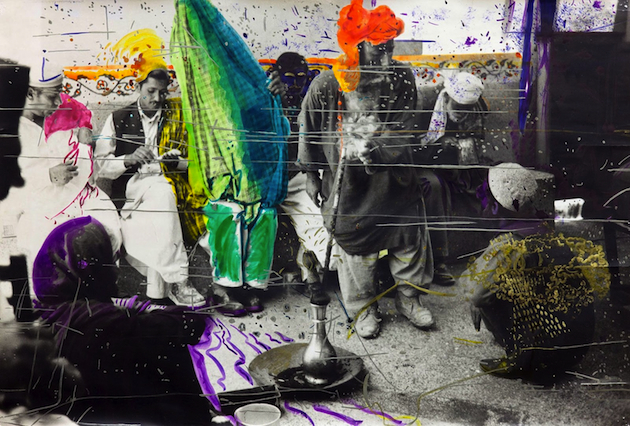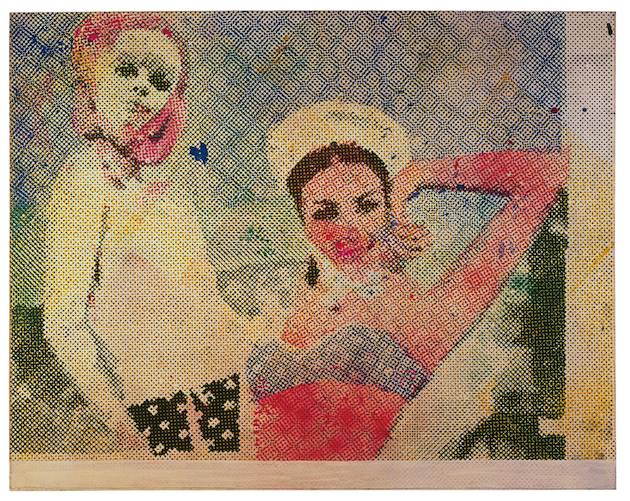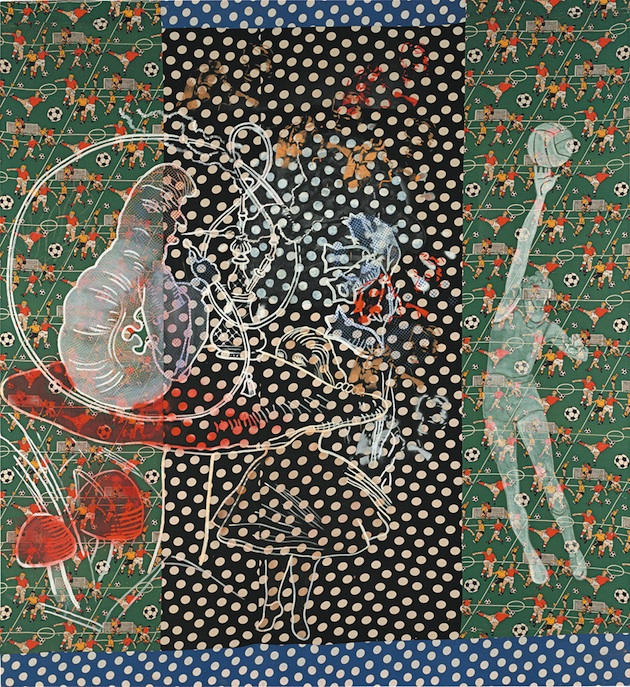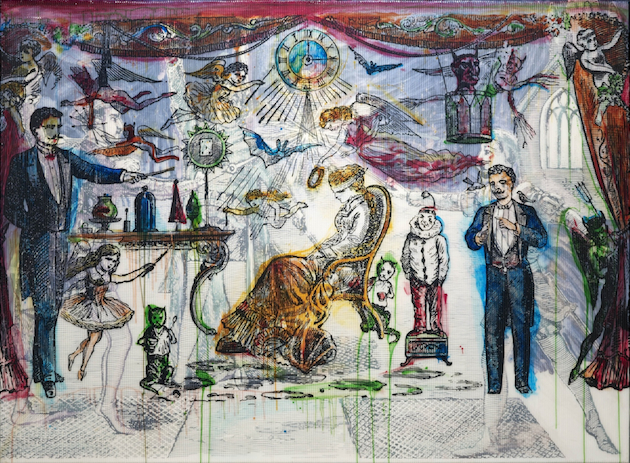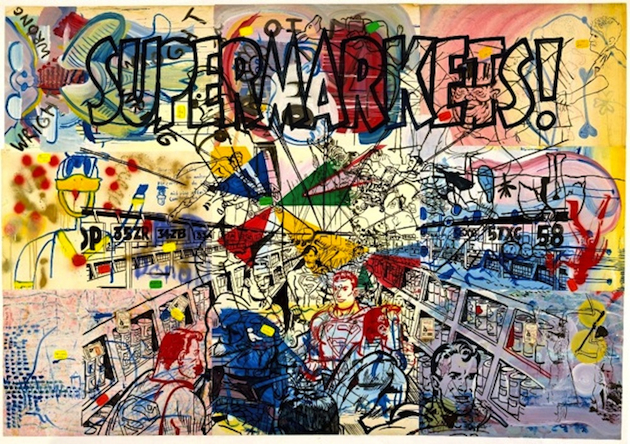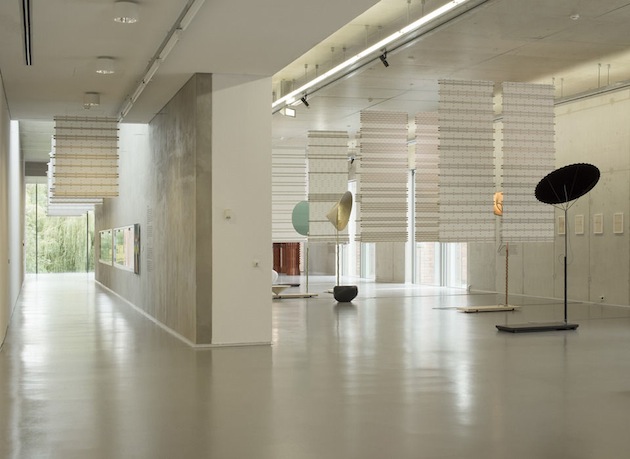
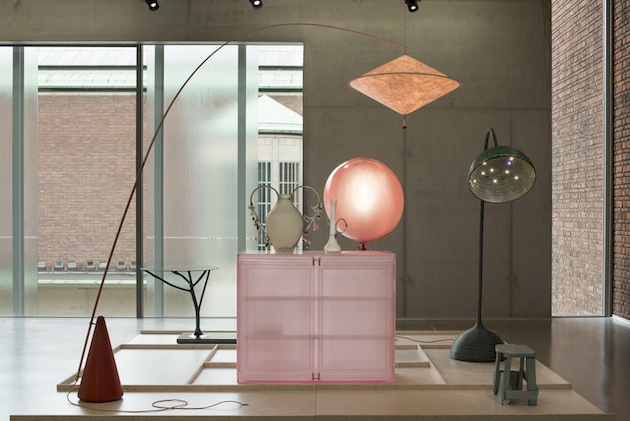
Dylan van den Berg and Wieki Somers, the protagonists behind Studio Wieki Somers, see extraordinary qualities in our everyday surroundings. They experiment with forms and materials and ask themselves how the ordinary things around us came into being; they observe, contemplate, and search for the stories that lie behind our daily rituals. These narratives inspire them to make new forms and objects. The products they create are remarkable not only for their storylines but also for their use of materials and technical ingenuity. For the design studio’s 10th anniversary, Museum Boijmans Van Beuningen celebrates their work with an exhibition titled ‘Out of the Ordinary’, that emphasizes their design philosophy by presenting their work in a 30-object installation that is based on the principles of a Zen garden.
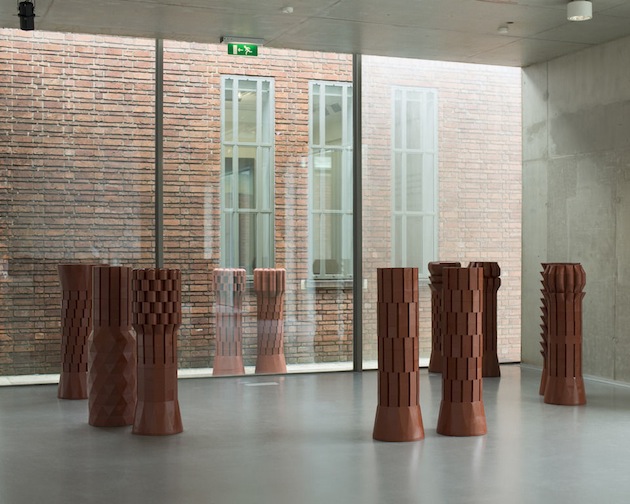
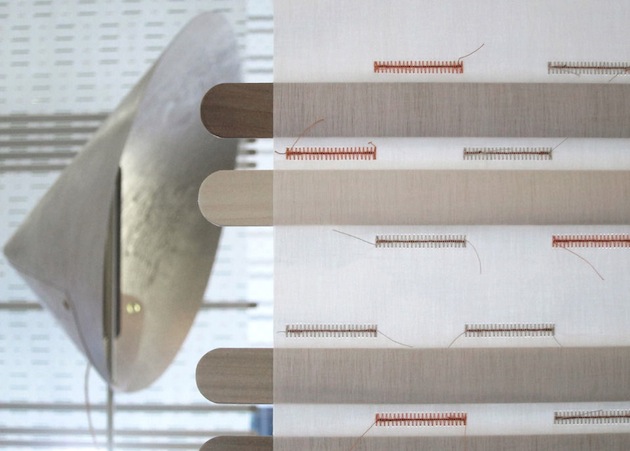
Since 2003, Studio Wieki Somers has earned an international reputation for the way its work introduces extraordinary fantasy in the most common things. Developing a deep sensitivity of the materials, technological detailing and a highly demanding finish, it aims to provide an enlightened reading of our everyday environment. Through this restless experimentation with useful objects, their shapes, materials and meanings, the way they are made and the way they are used, the studio’s work questions our aesthetic impulse in a subtle and often contradictory manner. Besides showcasing projects drawn from the Museum’s collection (such as ‘Bathboat’ project), the exhibition includes two projects that have never previously been shown in the Netherlands: the series ‘Frozen in Time’ is inspired by the extreme weather that hit the Netherlands in the spring of 1987. Heavy rainfall, followed by a sudden cold snap, brought the country to a complete standstill and created extraordinary natural phenomena. The result is a series of household objects in which nature appears to be literally frozen in time. For the series ‘Mitate’ the studio took its inspiration from the seven virtues of the Samurai’s code of honour, the Bushido. The series consists of seven man-size lamps that combine traditional crafts with high-tech materials.
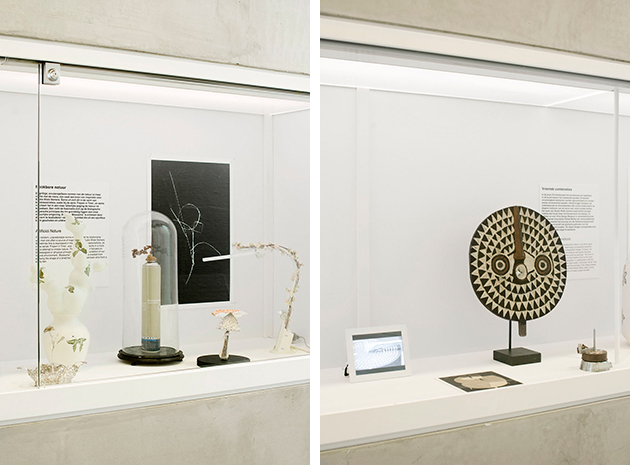
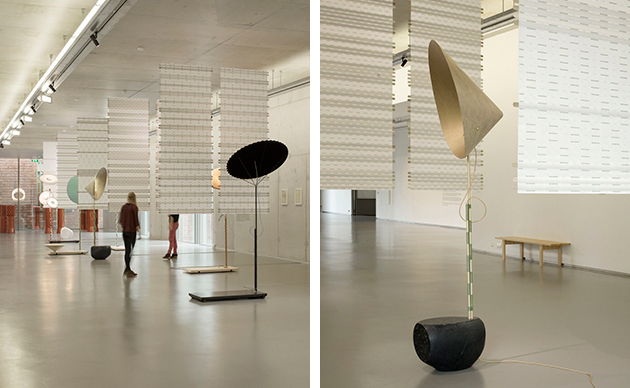
Out of the Ordinary by Studio Wieki Somers will remain on show until January 11th 2015 at Museum Boijmans Van Beuningen in Rotterdam.
Rujana Rebernjak